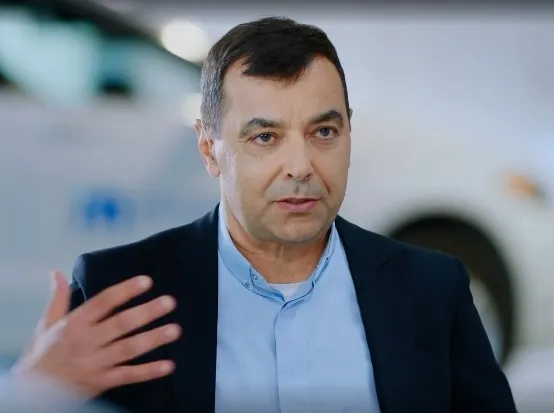The Colorado Transportation Commission has approved US$10 million to retrofit a fixed fire suppression system in the Eisenhower-Johnson Memorial Tunnels (EJMT) because there is no way for fire-fighters to safely and effectively respond to a fire.
Located around 60 miles west of Denver, at an elevation of more than 11,000 feet, the EJMT is the highest vehicular tunnel in the world and carries an average of approximately 30,000 vehicles per day, or over ten million vehicles per year.
Once the fire suppr
October 28, 2013
Read time: 1 min
The Colorado Transportation Commission has approved US$10 million to retrofit a fixed fire suppression system in the Eisenhower-Johnson Memorial Tunnels (EJMT) because there is no way for fire-fighters to safely and effectively respond to a fire.
Located around 60 miles west of Denver, at an elevation of more than 11,000 feet, the EJMT is the highest vehicular tunnel in the world and carries an average of approximately 30,000 vehicles per day, or over ten million vehicles per year.
Once the fire suppression system is in place, it would not be used to extinguish vehicle fires on its own, but to keep the fire cool enough to buy fire-fighters enough time to move the vehicle out of the tunnel before the flames become too hot.
Located around 60 miles west of Denver, at an elevation of more than 11,000 feet, the EJMT is the highest vehicular tunnel in the world and carries an average of approximately 30,000 vehicles per day, or over ten million vehicles per year.
Once the fire suppression system is in place, it would not be used to extinguish vehicle fires on its own, but to keep the fire cool enough to buy fire-fighters enough time to move the vehicle out of the tunnel before the flames become too hot.









